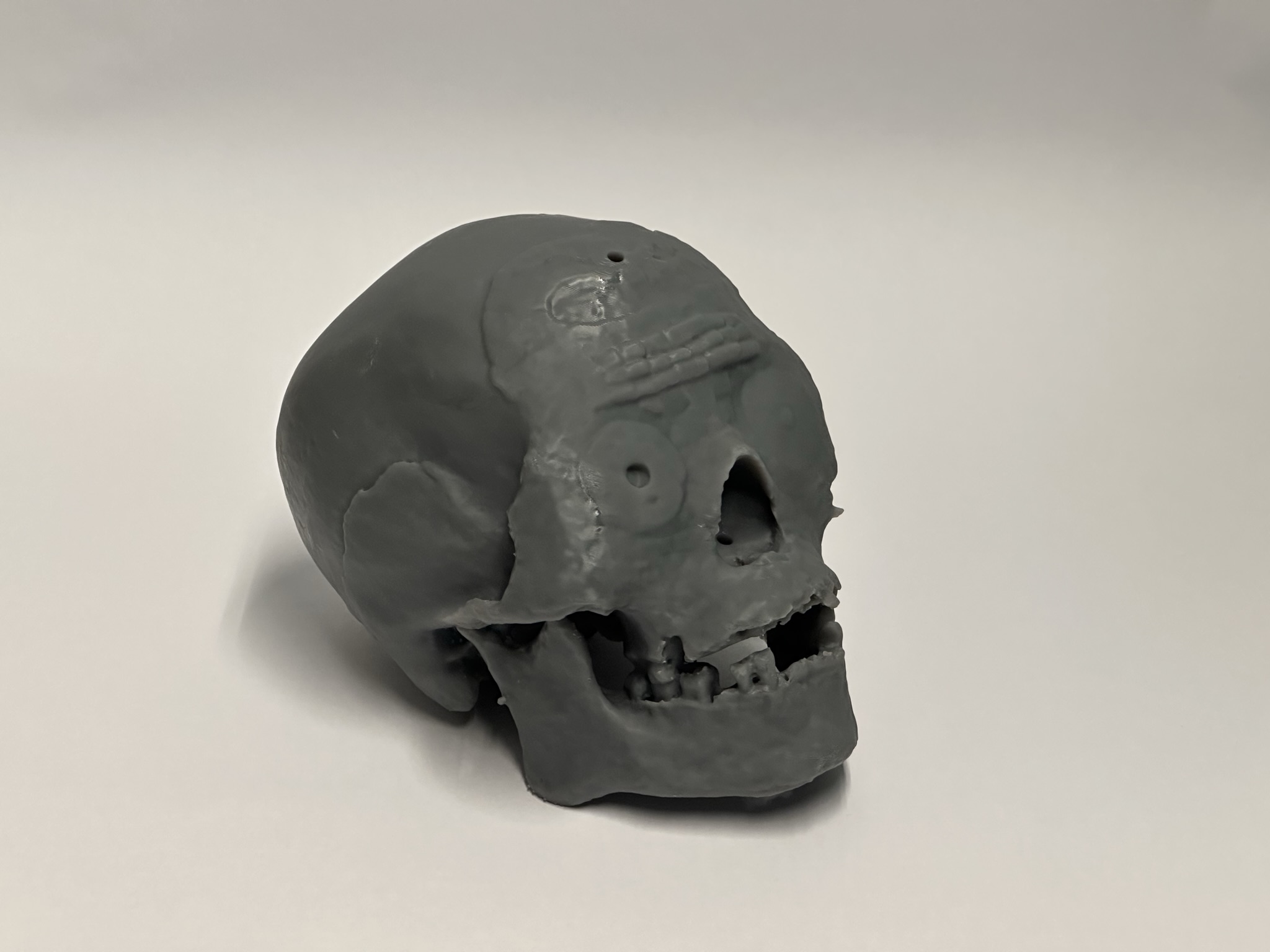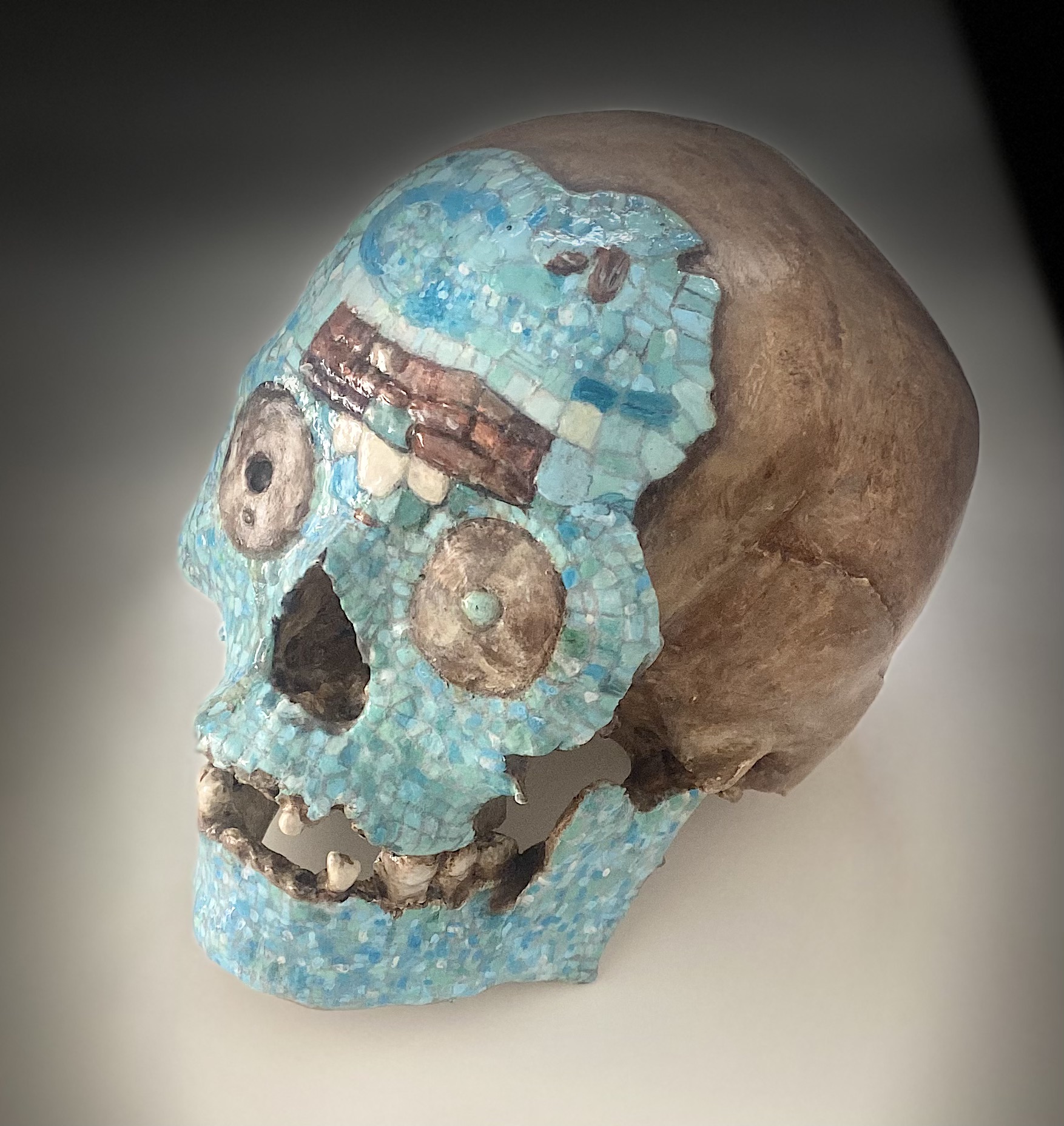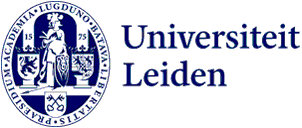
Database full of 3D models: 'Maybe it will help us deal with restitution more inclusively'
Scientists' computers are now full of complicated 3D models, but no standard has yet been developed for exchanging the data. A new database should change this. External PhD student Liselore Tissen is receiving a grant to contribute to this on behalf of Leiden University (and TU Delft). ‘It will be great if being able to study reproductions here means that we can deal with looted art more dynamically and inclusively.'
'In science, more and more is being digitised, but often you store those 3D models on your own computer,' says Tissen. 'That's a shame, because that data could also be useful for other scientists. Maastricht University has therefore taken the initiative, together with the Humanities Cluster of the KNAW, to build an infrastructure in which 3D models can be stored, shared and provided with all kinds of data about the object. I have received a grant to contribute to that project. For that, I’m using a 3D model of a skull decorated with mosaics from the National Museum of Ethnology.'
In doing so, Tissen did not choose the easiest example. 'The skull was run through LUMC's CT scanner a while back, so we now have a model of the inside and the outside. That is very nice, but also technically complicated for a database because you have to deal with different densities.'
Inclusive handling of looted art
Nevertheless, she believes it is worthwhile to explore this particular object in more detail. Not only because it immediately tests the infrastructure at a high technical level, but also because the research object is at the centre of a discussion: the object was probably once looted from present-day Mexico (Oaxaca). 'I have also received a grant from the Centre for Digital Humanities, in which the skull will be used for a discussion on the restitution of looted art,' says Tissen. 'Maybe we can use 3D models to deal with that in a more inclusive way and help promote accessibility.'
The improvement of 3D techniques, for example, could make restitution of looted art easier, she thinks. 'If our 3D model is super good, do we still need the real object here? Or can we actually do research that is not about materials or history on the printed skull as well?'
-

De schedel net nadat deze was geprint. -

De schedel voorzien van mozaïek, zoals het origineel.
Learning on her own
For now, the scholarship still mainly enables Tissen to improve her own skills. 'One of the biggest misconceptions about Digital Humanities is that you have to be incredibly good with technology yourself,' she says. 'My research is about 3D printing, but actually I only know the basics of how modelling works technically. I think it would be very interesting to learn more about that and make 3D research more accessible.'
In collaboration with SURF, Liselore Tissen is organising two Responsible XR workshops (at LUCDH and the LDE Centre for Global Heritage and Development) in the spring of 2024, which will discuss the ethical and social aspects of the existence of 3D models. Can you just publish any object online? Should there be an etiquette for each object on how it may be used in the Metaverse? Tissen can be reached for questions at l.n.m.tissen@hum.leidenuniv.nl.
